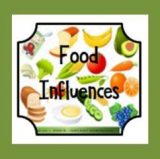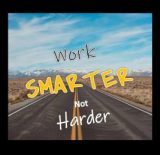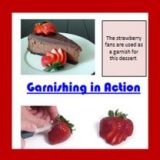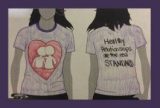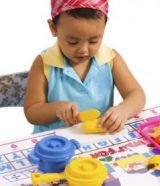
It does my heart good to see young children helping out in the kitchen! Back in the olden days, children learned to help out in the kitchen and even cook and bake at a fairly early age. Today’s children, not so much! One thing that I have noticed about my incoming 7th graders is that their culinary skills are severely lacking! Sadly, many students aren’t allowed in the kitchen to cook or experiment with food preparation, others simply can’t be bothered because “convenience” is easier and has become a way of life. Lastly, many may want to learn, but have no role models in their lives that can or will teach them as their parents and even grandparents just don’t cook! This lesson combines literacy and food prep as students learn the importance and benefits of why young children should be in the kitchen, helping to prepare foods with their parents. It also shows them how creating fun recipes can be an extension of the very books the children love to read. So, take literacy and food prep to a whole new level and show students how they can enjoy a literary feast!


